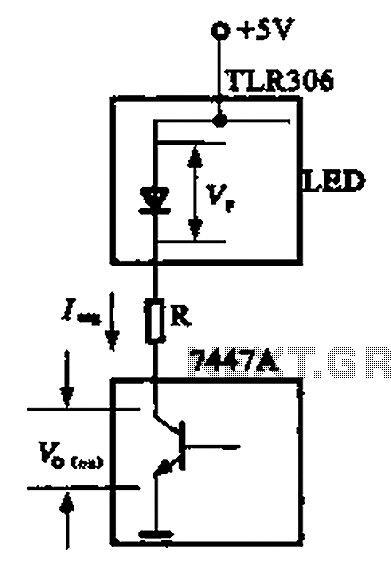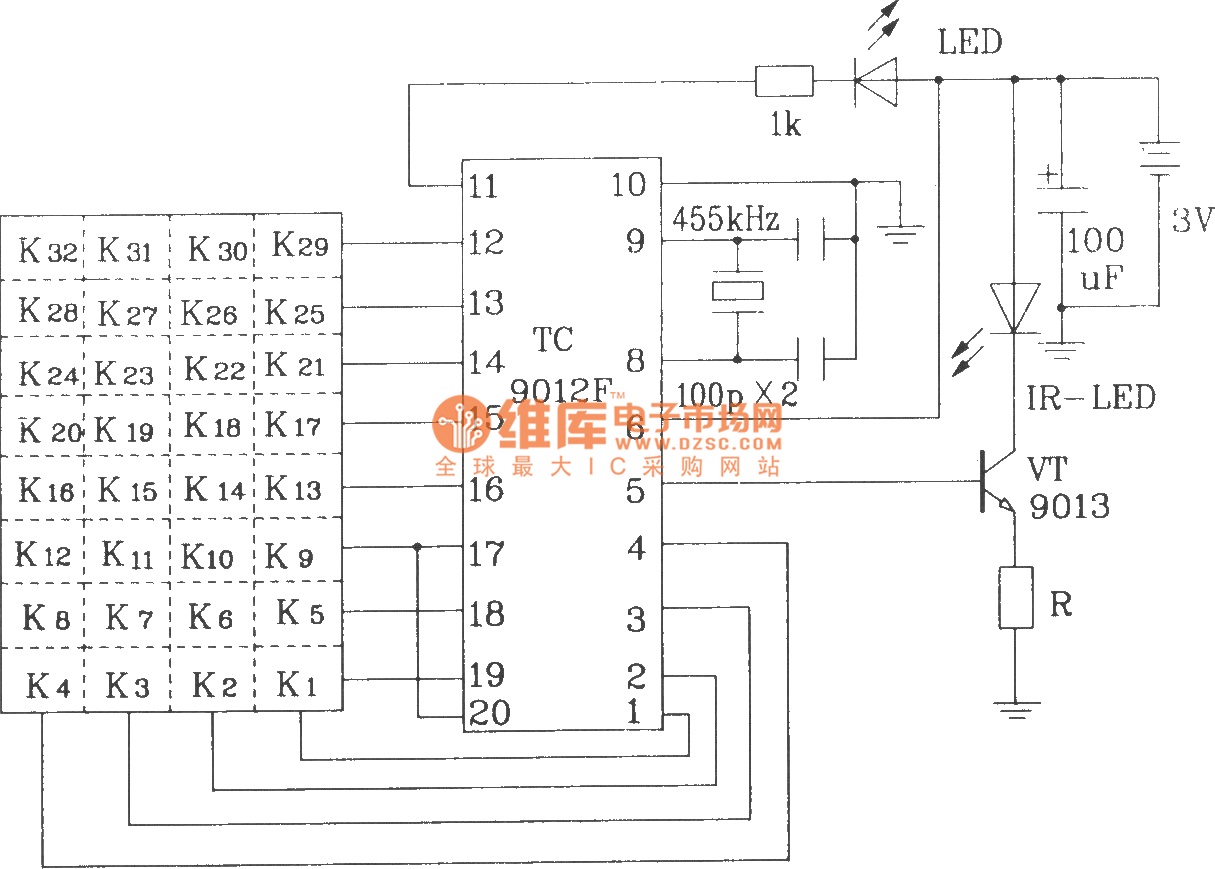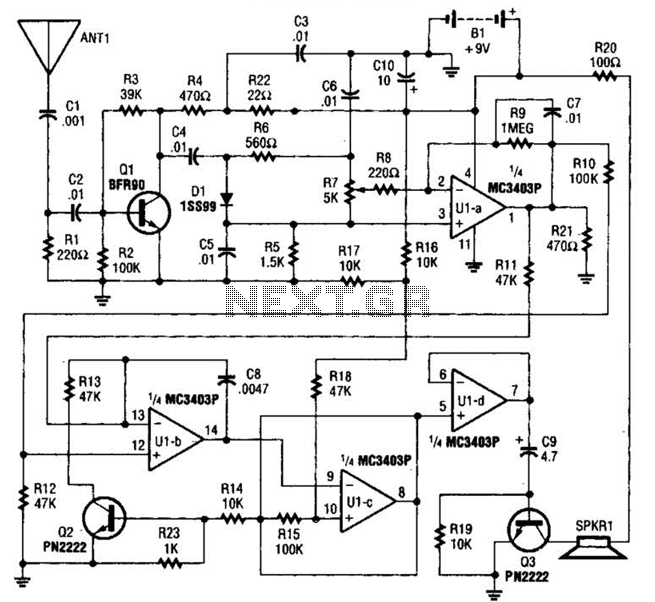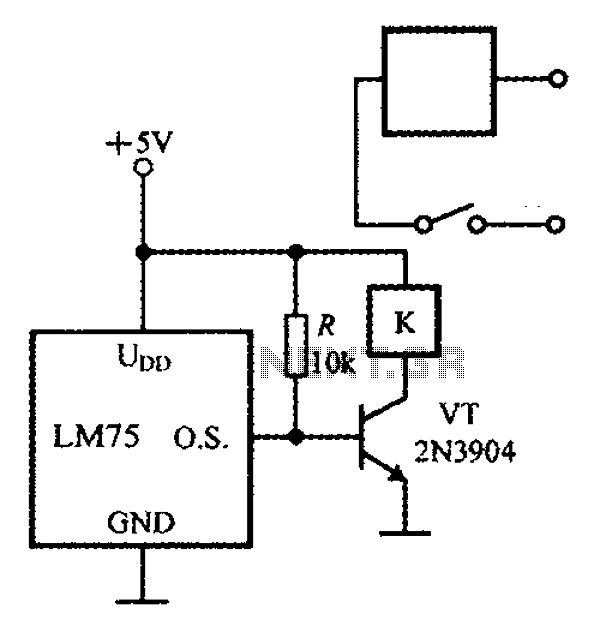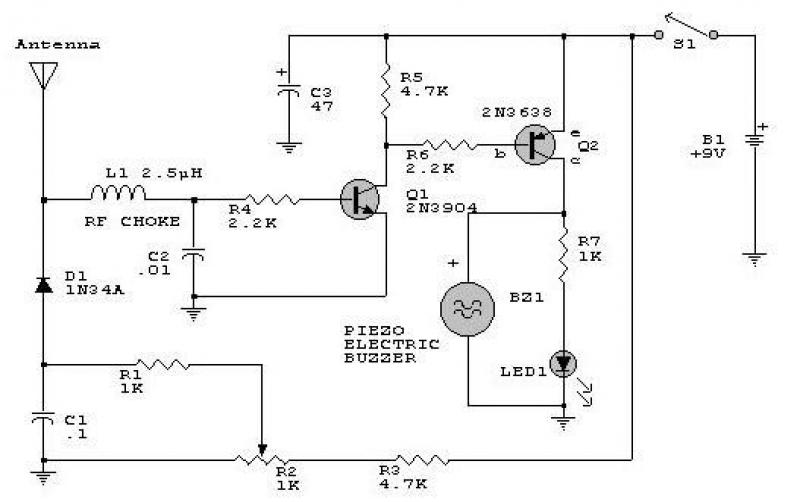
Fans can light three-gear speed control circuit
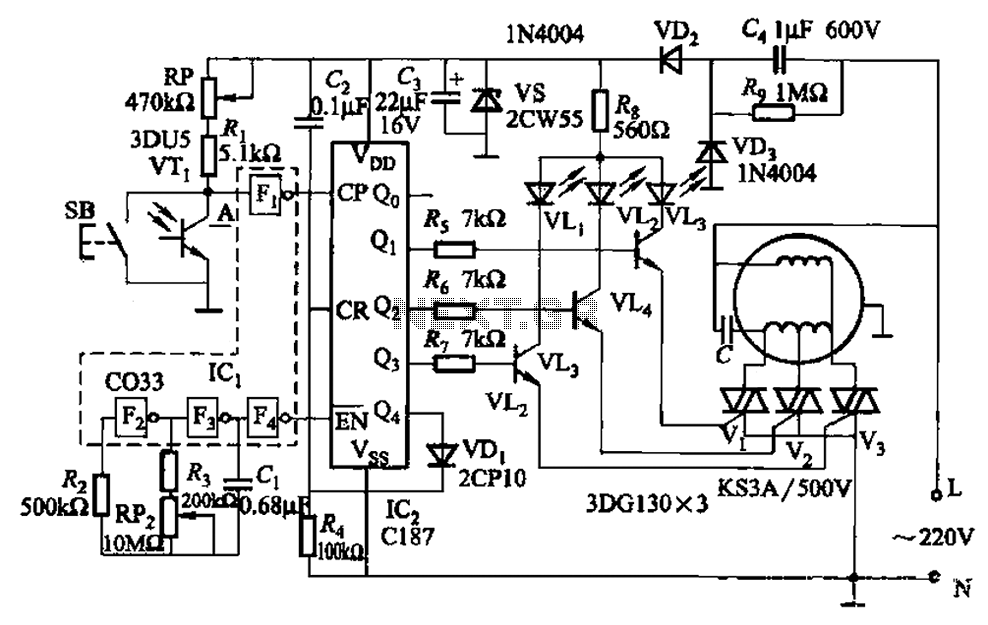
The circuit depicted in Figure 3-5 can be controlled manually using button SB or automatically via light detection using phototransistor VTj. When light from a flashlight is detected by phototransistor VTj, the fan will activate, adjusting its speed automatically among three settings: slow, medium, and fast. The circuit includes a CMOS hex inverter Icl (gates F2-F4) along with a resistor-capacitor network that functions as a clock pulse generator. Additionally, an integrated circuit Icz serves as a decimal counting/timing decoder, controlling transistors VTz to VT4 and TRIACs Vl to V3, which manage the fan's wind speed, along with other components in the switch circuit.
The circuit operates in two modes: manual and automatic. In manual mode, the user can control the fan's operation directly through button SB. This allows for immediate adjustment of the fan speed according to user preference. In automatic mode, the circuit uses a phototransistor, which senses ambient light levels. When a flashlight beam is directed at phototransistor VTj, it triggers the circuit to engage the fan, which then cycles through its speed settings in a predetermined sequence.
The CMOS hex inverter Icl is crucial for processing signals within the circuit. It takes the output from the phototransistor and inverts it, ensuring that the subsequent stages of the circuit receive the correct logic levels. The resistor-capacitor (RC) network connected to the inverter serves as a timing mechanism, generating clock pulses that dictate the timing of the fan's speed adjustments.
The integrated circuit Icz operates as a decimal counter and timing decoder, translating the clock pulses into control signals for the transistors VTz to VT4. These transistors act as switches, allowing current to flow to the TRIACs Vl to V3, which regulate the power delivered to the fan motor. The TRIACs are essential for controlling the fan speed by adjusting the power delivered based on the control signals from the integrated circuit.
In summary, this circuit design effectively combines manual and automatic control of a fan, utilizing light detection to enhance user convenience while maintaining precise control over fan speeds through a well-structured electronic design. The integration of CMOS technology, timing circuits, and power control devices exemplifies a sophisticated approach to fan speed regulation in various lighting conditions. Circuit shown in Figure 3-5. It can be manual (button SB) and light control (phototransistor VTj). When the light of a flashlight quasi VTi, fans will turn on the operation, an d sub slow, medium, fast three times a block is automatically adjusted. A CMOS hex inverter Icl (door F2-F4) and resistance, capacitance circuit clock pulse generator. By an integrated circuit Icz decimal counting/timing decoder transistor VTz ~ VT4, TRIAC Vl-V3 wind speed fan and other components (gear) switch circuit.
The circuit operates in two modes: manual and automatic. In manual mode, the user can control the fan's operation directly through button SB. This allows for immediate adjustment of the fan speed according to user preference. In automatic mode, the circuit uses a phototransistor, which senses ambient light levels. When a flashlight beam is directed at phototransistor VTj, it triggers the circuit to engage the fan, which then cycles through its speed settings in a predetermined sequence.
The CMOS hex inverter Icl is crucial for processing signals within the circuit. It takes the output from the phototransistor and inverts it, ensuring that the subsequent stages of the circuit receive the correct logic levels. The resistor-capacitor (RC) network connected to the inverter serves as a timing mechanism, generating clock pulses that dictate the timing of the fan's speed adjustments.
The integrated circuit Icz operates as a decimal counter and timing decoder, translating the clock pulses into control signals for the transistors VTz to VT4. These transistors act as switches, allowing current to flow to the TRIACs Vl to V3, which regulate the power delivered to the fan motor. The TRIACs are essential for controlling the fan speed by adjusting the power delivered based on the control signals from the integrated circuit.
In summary, this circuit design effectively combines manual and automatic control of a fan, utilizing light detection to enhance user convenience while maintaining precise control over fan speeds through a well-structured electronic design. The integration of CMOS technology, timing circuits, and power control devices exemplifies a sophisticated approach to fan speed regulation in various lighting conditions. Circuit shown in Figure 3-5. It can be manual (button SB) and light control (phototransistor VTj). When the light of a flashlight quasi VTi, fans will turn on the operation, an d sub slow, medium, fast three times a block is automatically adjusted. A CMOS hex inverter Icl (door F2-F4) and resistance, capacitance circuit clock pulse generator. By an integrated circuit Icz decimal counting/timing decoder transistor VTz ~ VT4, TRIAC Vl-V3 wind speed fan and other components (gear) switch circuit.
